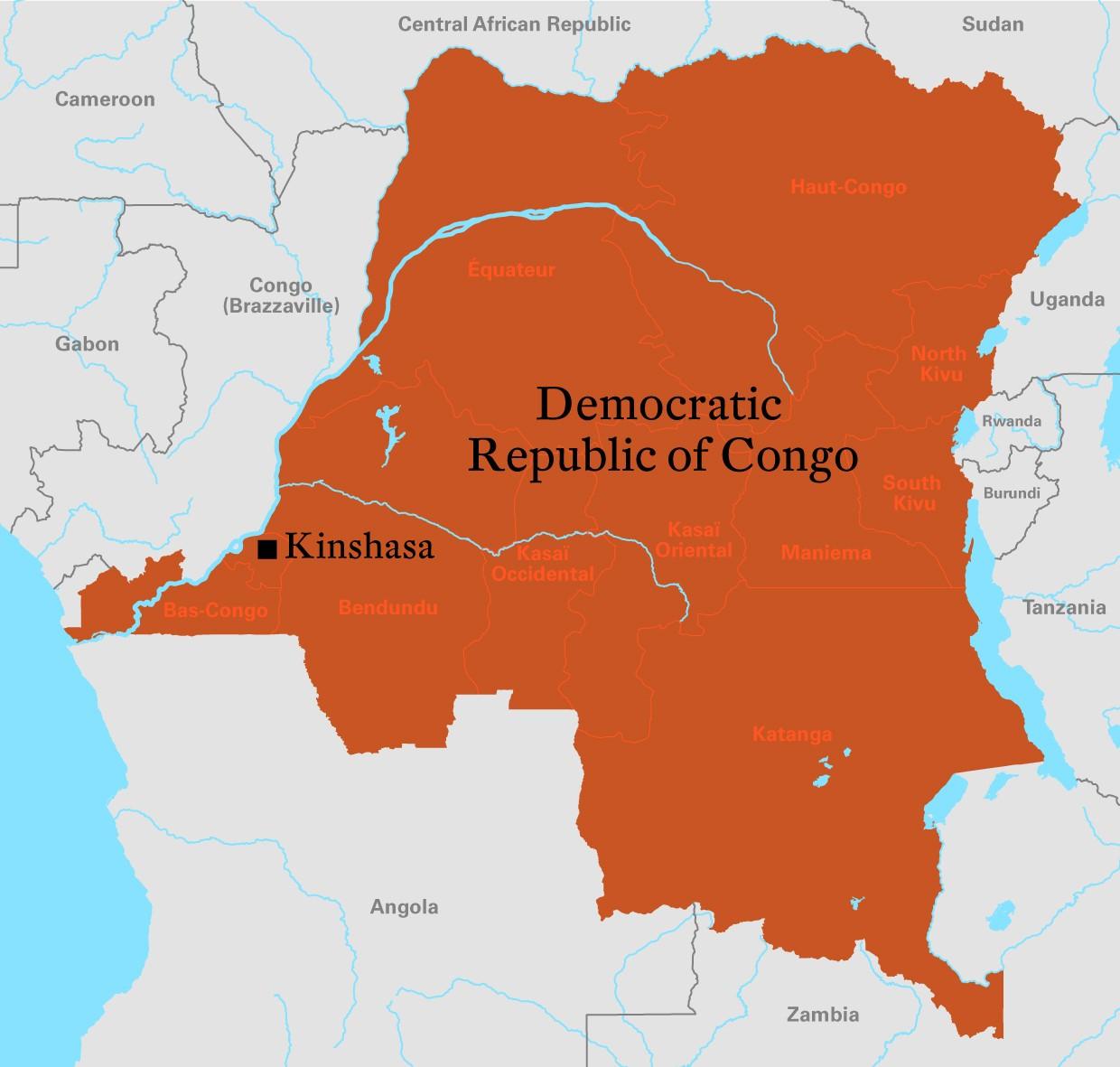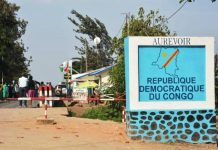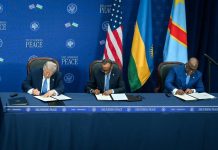Africa-Press – Rwanda. By DR Congo joining the East African Community (EAC), the six-member bloc will open the corridor from the Indian Ocean to the Atlantic Ocean, as well as North to South, hence expanding the economic potential of the region.
This observation is made in an EAC document, which The New Times has seen, containing a summary of findings of the verification exercise launched by Congolese President Felix Tshisekedi on June 25, in Goma, the capital of the vast country’s North Kivu Province.
At the time, the verification team earlier appointed by the EAC Council of Ministers had embarked on a 10 day trip there to establish DR Congo’s level of conformity with the criteria for admission of foreign states into the bloc in accordance with the EAC Treaty.
On the potential to strengthening integration within the region, the report also notes that DR Congo has bilateral and multilateral cooperation arrangements with regional countries in various areas that include customs, infrastructure, productive and social sectors.
In terms of geographical and geopolitical location, it is noted, the country has potential to open an Indian Ocean to Atlantic Trade Corridor and link the region to North Africa, Central Africa and other continental sub regions.
It is stated that DR Congo’s population of 92 million has the potential to contribute to expanded market and investment opportunities, and that its macroeconomic indicators “are not far from those of EAC Partner States.”
Huge milestone
Regional ministers in charge of EAC Affairs on Monday, November 22, recommended for consideration by the EAC Heads of State the report of the verification team and also recommended that the EAC Heads of State direct the commencement of negotiations with the DR Congo, in accordance with the findings of the verification team.
“In the spirit of widening the EAC markets, DRC joining the EAC will be a huge milestone towards strengthening our economic agenda,” EAC Secretary General, Peter Mathuki, who followed all deliberations in the Council meeting, told The New Times on Thursday, November 25.
The EAC on Wednesday launched a new regional tourism media campaign as part of plans to implement the six-member bloc’s tourism recovery plan and industry players are buoyed by news about DR Congo’s likelihood to join the Community.
Jeannette Rugero Murekatete, a Rwandan tour guide and driver who has been the tourism industry since 2016 is excited by the prospect of DR Congo becoming a member of the EAC.
Murekatete who went gorilla trekking in DR Congo last month said: “It’s a huge opportunity to the regional tourism industry to generate income that can be used on a regional, national and local level to improve education, improve infrastructure, ad well as to fund conservation efforts, and to promote more responsible tourism activities.”
Among other things, the DR Congo will bring to the Community a market of about 90 million people which will increase EAC from current 177 million to 260 million, said Manasseh Nshuti, Rwanda’s Minister of State for EAC Affairs, who recently indicated that the verification team’s was positive.
Nshuti added: “It will increase our total GDP from the current $193 billion by $50 billion to $240 billion, a huge economy indeed. This is good for investors who want to tap into such a huge market.”
“It has lots of investment opportunities that other regional companies can harness for the good of the people of East Africa and beyond.”
Rwandan economist John Bosco Kalisa, who is the CEO of the East African Business Council (EABC), said agreed that DR Congo’s admission “presents enormous opportunities for the region in terms of enhanced market opportunities as well as collaboration to address trade related barriers.”
Kalisa said the EABC applauds the Council of Ministers for endorsing the verification report. According to Nshuti, the vast natural resource rich neighbour’s membership also has positive political as well security implications that is good for all member states of EAC.
“This is a win-win for EAC and DRC Congo,” Nshuti said.
According to the EAC Secretariat, the Council’s request to the Summit for commencement of negotiations with DR Congo “will create a platform for in-depth discussions on modalities for harmonization” of the country’s policies and instruments to those of EAC.
Matters pertaining to peace and security, language and legal systems are among the areas that will be factored in for a strategic way forward during the negotiations.
The EAC Summit on February 27 considered the application by DR Congo to join the Community and directed the Council to expeditiously undertake a verification mission in accordance with the EAC procedure for admission of new members into the bloc and report to the next Summit.
There are high chances that EAC leaders will approve the application by DR Congo to join the regional bloc during the Heads of State Summit scheduled to convene before this year ends, or early next year, sources told The New Times.
The verification team made findings relating to: institutional frameworks in place; legal frameworks; policies, strategies, projects and programmes; areas of cooperation with other EAC Partner States and expectations from membership; and challenges, among others.
As noted, besides the country’s application to join the bloc, the address by the Congolese President to the nation and international community on June 30, on the occasion of DR Congo’s Independence Day emphasized the country’s readiness to join the EAC. This was in addition to “the government’s demonstrated enthusiasm and support during the verification exercise.”
Comprehensive affirmation of DR Congo’s commitment will be determined during the upcoming negotiations phase. Regional Ministers have, among others, also noted that, as noted in the verification team’s report, there is political will by Kinshasa to co-operate with EAC Partner States in various sectors. The country, it is noted, values the cultural, trade and investment links and its strategic alignment to the EAC.
Infrastructure development
The team noted that development of infrastructure in DR Congo will facilitate connectivity of the East to the Atlantic coast and Southern Africa to Northern and West Africa.
As noted, the existing DR Congo railway network, which is progressively being upgraded to the standard gauge in line with the African Union resolution that all future railways must be on standard gauge, will ultimately attain connectivity with the EAC rail network and support movement of goods between the DR Congo and EAC.
Connecting the DR Congo railway network with the EAC will provide an opportunity for increasing access to both DR Congo and EAC markets and has the potential of reducing the cost of intra-regional trade.
“Development of the INGA Dam is an Agenda 2063 flagship project that can contribute to the East African Power Pool,” reads a section of the summarised EAC report.
The Inga Dams are two hydroelectric dams connected to one of the largest waterfalls in the world, Inga Falls. Located in western DR Congo, about 140 miles southwest of Kinshasa, the Grand Inga project is a massive $80 billion expansion to the existing 351-MW Inga 1 and 1,424-MW Inga 2 plants.
Reports indicate that the ultimate goal is to construct a complex capable of supplying the entire sub-Saharan region with a cumulative output capacity of 42,000 MW.
For More News And Analysis About Rwanda Follow Africa-Press






